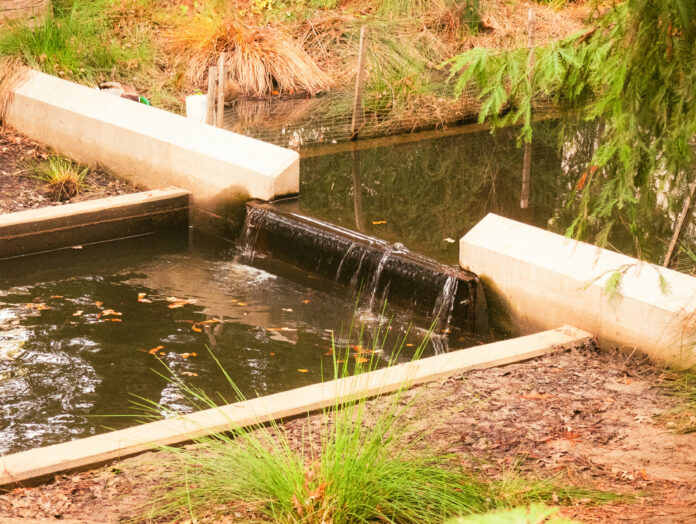The Lower Putah Creek Coordinating Committee navigates farming and environmental concerns along the multi-use Putah Creek
By EMMA CONDIT — city@theaggie.org
As part of its initiative to manage Putah Creek, the Lower Putah Creek Coordinating Committee (LPCCC) is seeking community feedback from stakeholders in Solano and Yolo County. On Jan. 10, the committee held a meeting in Davis to discuss the Putah Creek Water Management (PCWM) Initiative and allow attendees to provide comments.
The PCWM Initiative is led by the LPCCC, a group of experts and stakeholders established by the Solano County Water Agency. The initiative aims to “coordinate water use and distribution for everyone — from riparian water rights holders to groundwater recharge, fish, wildlife and more,” according to its website.
Andrew Fulks, a member of the LPCCC and the assistant director of the UC Davis Arboretum, explained that these meetings should involve the public in the management of their waterways.
“The bottom line is this: we’ve got a shared resource and we need to meet compliance at the various spots along the creek for the environmental flows,” Fulks said. “[…] We don’t know the exact solution, but we know we need more communication and coordination between the growers who divert water and the agency who’s supplying the water.”
The issues facing Putah Creek are part of a complicated management system. Growers are allowed riparian rights along the creek, through which they can divert as much water from the creek as needed. However, the creek is a shared resource — it also serves environmental and recreational purposes. For example, monitored spots along the creek must meet a minimum flow requirement in order to support the stream’s salmon and wildlife populations.
The Solano County Water Agency aims to meet growers’ water needs while maintaining an efficient use of resources. Lack of communication between all stakeholders, both upstream and downstream, makes this difficult.
Historian Scott Miltenburger provided an overview of Putah Creek, highlighting how water management defines the state of the creek.
“By the 1890s, intensive fruit and nut agriculture took over,” Miltenburger said. “The creek was also used for cattle and livestock grazing. Later, the mining of stream gravel became a major use.”
During this time, the creek looked nothing like it does now — with little plant life and subject to frequent floods and dry patches.
The 2000 Putah Creek Accord is the most recent legislation governing the stream. LPCCC Streamkeeper Max Stevenson explained how deliberate flow-management efforts have created the fern-filled, water-filled creek we see today.
“After 1970, the creek’s flow was operated on a fixed-release schedule, so they started releasing water all the time,” Stevenson stated. “Then in 2000, the Putah Creek Accord added even more water for the environment. […] Because of decades of habitat restoration, the salmon population, which used to be really low, came back, way more than they were here historically.”
Recent drought conditions, however, have prompted growers along the creek to switch from groundwater irrigation to pumping from the creek, enhancing the need for better communication and water-tracking systems.
During the meeting, some participants expressed their confusion about the PCWM Initiative.
“I’m not sure the problem has been adequately defined from my perspective,” one participant said. “To me, the creek is working just fine. So I’m just not sure why we’re all here. What is your total budget on this? What is the purpose of these meetings?”
Landowner and walnut farmer Herb Wimmer spoke on behalf of the LPCCC to explain the recent need for water management.
“We’re at an inflection point in the creek in that we have an opportunity to make the creek much, much better than it has been — in a way that we think can be reached through communication and collaboration,” Wimmer said. “We need to be sure that whatever it is that we do reflects the needs of all the consumers for water along the creek. […] We’re finding out how little we really know about what we need to come to a real solution.”
The LPCCC plans to hold more gatherings throughout 2024 and will draft possible solutions. The management of Putah Creek will continue to depend on public input.
Written by: Emma Condit — city@theaggie.org




